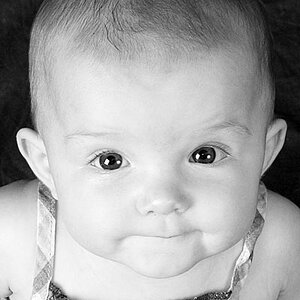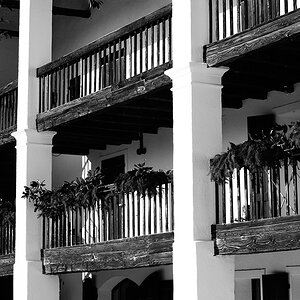- Joined
- Jan 11, 2015
- Messages
- 502
- Reaction score
- 398
- Location
- Denver
- Can others edit my Photos
- Photos NOT OK to edit
So I am very familiar withe concept of crop factor in terms of focal length and how a crop sensor affects that. However I am curious about DOF. So I know if I have a 100mm f/2.8 EF lens that on my 70D that will equate to ~150mm but how if the aperture affected?
I think I read somewhere that you also have to apply the crop factor to the aperture as well but does that only really effect how much light is allowed in but not affect DOF or does it affect both?
I know this is a noob question so I hope I have explained what I am asking clearly enough.
Basically this is what I want to know. I have a 24-70mm 2.8 I use with my 6D. If use that same lens on my APS-C camera to extend the 70mm to 105mm for portraits am I going to lose some of the nice bokeh I get at 2.8 or will it improve because I have extended my focal length but lose a stop or two of light?
I suppose i can just experiment with it when I get home tonight but this question has been driving me nutz all day and didn't want to wait anymore.
I think I read somewhere that you also have to apply the crop factor to the aperture as well but does that only really effect how much light is allowed in but not affect DOF or does it affect both?
I know this is a noob question so I hope I have explained what I am asking clearly enough.
Basically this is what I want to know. I have a 24-70mm 2.8 I use with my 6D. If use that same lens on my APS-C camera to extend the 70mm to 105mm for portraits am I going to lose some of the nice bokeh I get at 2.8 or will it improve because I have extended my focal length but lose a stop or two of light?
I suppose i can just experiment with it when I get home tonight but this question has been driving me nutz all day and didn't want to wait anymore.


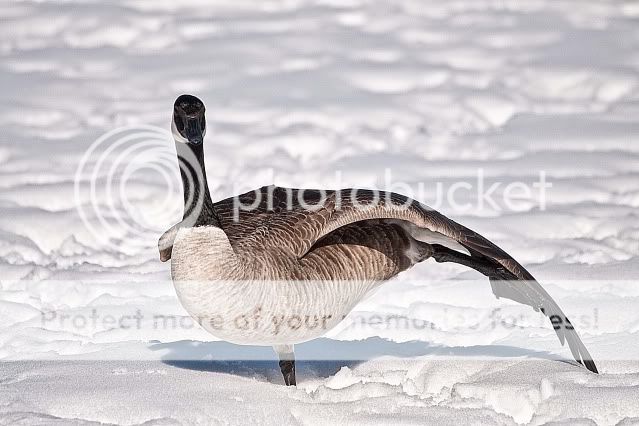



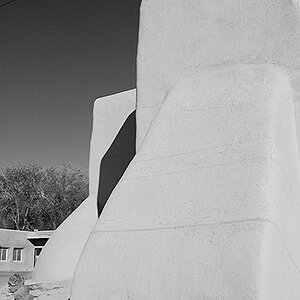
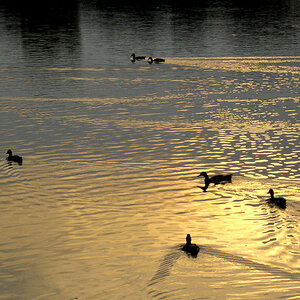

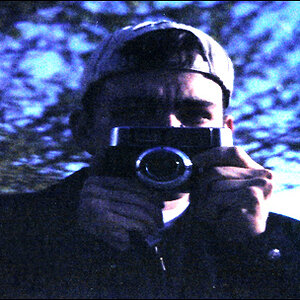
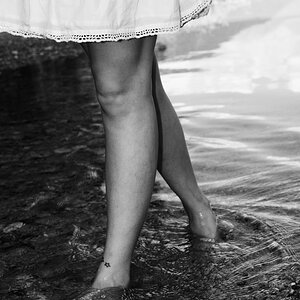
![[No title]](/data/xfmg/thumbnail/41/41759-f0f73c457ebcb6dabcbddc7a3c000487.jpg?1619739884)
